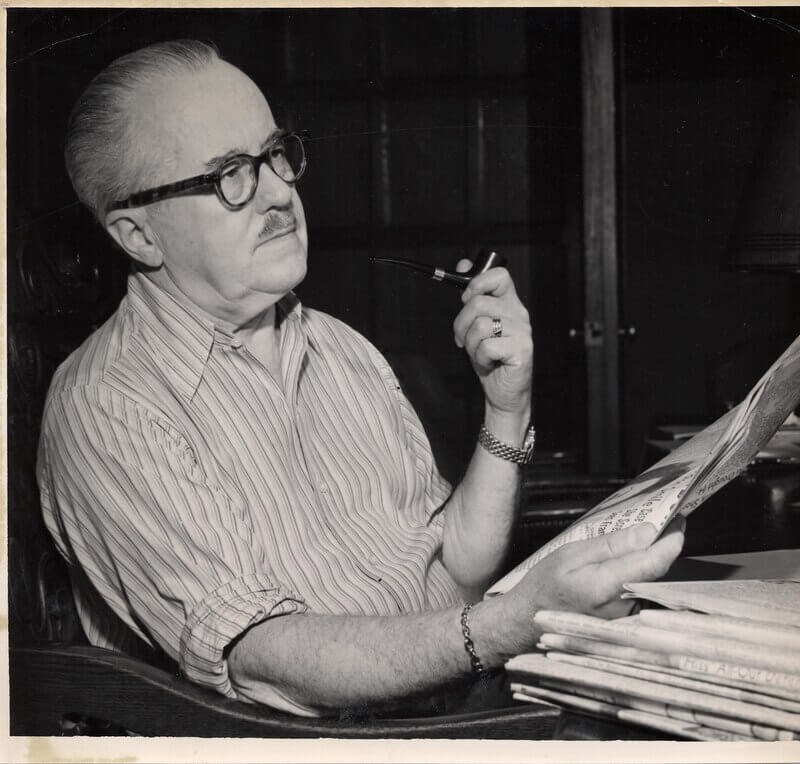

The Markup, 2023
Author(s): Leon Yin, Aaron Sankin and Staff
2:32
In a complex, intelligent and sophisticated database investigative reporting project, journalists Leon Yin and Aaron Sankin exposed four telecom giants that neglected to upgrade high-speed internet services in socio-economically disadvantaged and racially diverse neighborhoods.
The Markup’s astounding, innovative work alerted residents in impacted neighborhoods that they were paying the same price for subpar internet service as customers in predominantly white neighborhoods who enjoyed much faster and better internet service. Some customers in the poorer neighborhoods, the reporting showed, were paying as much as 400 times more per megabit than their more affluent neighbors.
The eight-month investigation, inspired by researchers at Princeton, involved the reporters developing a data collection process and custom-built software that enabled them to pinpoint with precision the disparity in internet speeds the big internet providers offered in different communities. They combined internet plan data with census data and historical redlining maps to show who lived in the neighborhoods getting the worst deals.
Sankin interviewed elected officials, digital inclusion advocates and telecom industry experts. He also went to great lengths to interview and share the stories of customers who were overpaying for much lower-quality internet service.
Before publication, The Markup provided each of the service providers that were included in the investigation – AT&T, Verizon, Earthlink and CenturyLink – with the reporting, including a detailed explanation of the research methodology and a series of questions. None disputed the project’s fundamental findings.
Reaction to The Markup investigation has been overwhelming. Yin and Sankin have been interviewed on national public radio shows like Marketplace Tech, On the Media, Oregon Public Broadcasting and All Things Considered. They were invited to give presentations to advocacy organizations such as the National Digital Inclusion Alliance. They have given briefings for lawmakers, regulators and law enforcement officials across the country.
The reporters created a guide showing other journalists how to localize the story, which many news organizations did. Dozens more republished the story, mostly through The Markup’s partnership with The Associated Press.
The investigation also has become a resource for government officials working to bring
more Americans online. Detroit’s director of digital inclusion said the data will be used to help the city decide which neighborhoods to prioritize for the construction of its in-progress open-access municipal fiber network.
The Markup story was an innovative project from start to finish. The final product illuminated the effects of systemic racism and ultimately will have a wide-ranging impact.

In 1921, Roy W. Howard became chairman of the board and business director of Scripps. One of the most influential newsmen of his day, Roy served as president of the company until he retired in 1952, when he was named chairman of the company’s executive committee.